Solar and Renewables
Namibia eyes $1.76 billion renewable expansion with private sector funding
Author
-
Peace E. Udoh is an editorial analyst with expertise in energy and migration storytelling. She brings strong skills in research, data reporting, and article development, with a proven record of breaking impactful stories.
At present, she works with Energy in Africa, where she covers electricity, power, and renewable energy trends across the continent.
You can connect with her on LinkedIn.
Author
-
Peace E. Udoh is an editorial analyst with expertise in energy and migration storytelling. She brings strong skills in research, data reporting, and article development, with a proven record of breaking impactful stories.
At present, she works with Energy in Africa, where she covers electricity, power, and renewable energy trends across the continent.
You can connect with her on LinkedIn.
Sun King raises $40 million to boost off-grid solar in Africa, Asia
Author
-
Peace E. Udoh is an editorial analyst with expertise in energy and migration storytelling. She brings strong skills in research, data reporting, and article development, with a proven record of breaking impactful stories.
At present, she works with Energy in Africa, where she covers electricity, power, and renewable energy trends across the continent.
You can connect with her on LinkedIn.
Author
-
Peace E. Udoh is an editorial analyst with expertise in energy and migration storytelling. She brings strong skills in research, data reporting, and article development, with a proven record of breaking impactful stories.
At present, she works with Energy in Africa, where she covers electricity, power, and renewable energy trends across the continent.
You can connect with her on LinkedIn.
Zimbabwe plans 600MW floating solar project at Lake Kariba, construction set for 2026
Author
-
Peace E. Udoh is an editorial analyst with expertise in energy and migration storytelling. She brings strong skills in research, data reporting, and article development, with a proven record of breaking impactful stories.
At present, she works with Energy in Africa, where she covers electricity, power, and renewable energy trends across the continent.
You can connect with her on LinkedIn.
Author
-
Peace E. Udoh is an editorial analyst with expertise in energy and migration storytelling. She brings strong skills in research, data reporting, and article development, with a proven record of breaking impactful stories.
At present, she works with Energy in Africa, where she covers electricity, power, and renewable energy trends across the continent.
You can connect with her on LinkedIn.
Top five solar power projects completed in Africa in 2025
Author
-
Peace E. Udoh is an editorial analyst with expertise in energy and migration storytelling. She brings strong skills in research, data reporting, and article development, with a proven record of breaking impactful stories.
At present, she works with Energy in Africa, where she covers electricity, power, and renewable energy trends across the continent.
You can connect with her on LinkedIn.
Author
-
Peace E. Udoh is an editorial analyst with expertise in energy and migration storytelling. She brings strong skills in research, data reporting, and article development, with a proven record of breaking impactful stories.
At present, she works with Energy in Africa, where she covers electricity, power, and renewable energy trends across the continent.
You can connect with her on LinkedIn.
Five mega projects set to power Africa’s clean energy expansion in 2026
Author
-
Peace E. Udoh is an editorial analyst with expertise in energy and migration storytelling. She brings strong skills in research, data reporting, and article development, with a proven record of breaking impactful stories.
At present, she works with Energy in Africa, where she covers electricity, power, and renewable energy trends across the continent.
You can connect with her on LinkedIn.
Author
-
Peace E. Udoh is an editorial analyst with expertise in energy and migration storytelling. She brings strong skills in research, data reporting, and article development, with a proven record of breaking impactful stories.
At present, she works with Energy in Africa, where she covers electricity, power, and renewable energy trends across the continent.
You can connect with her on LinkedIn.
Why renewable energy adoption falters in Northern Nigeria despite climate advantage
Author
-
Peace E. Udoh is an editorial analyst with expertise in energy and migration storytelling. She brings strong skills in research, data reporting, and article development, with a proven record of breaking impactful stories.
At present, she works with Energy in Africa, where she covers electricity, power, and renewable energy trends across the continent.
You can connect with her on LinkedIn.
Author
-
Peace E. Udoh is an editorial analyst with expertise in energy and migration storytelling. She brings strong skills in research, data reporting, and article development, with a proven record of breaking impactful stories.
At present, she works with Energy in Africa, where she covers electricity, power, and renewable energy trends across the continent.
You can connect with her on LinkedIn.
South Africa’s Exxaro acquires wind, solar assets in $106 million renewable energy deal
Author
-
Peace E. Udoh is an editorial analyst with expertise in energy and migration storytelling. She brings strong skills in research, data reporting, and article development, with a proven record of breaking impactful stories.
At present, she works with Energy in Africa, where she covers electricity, power, and renewable energy trends across the continent.
You can connect with her on LinkedIn.
Author
-
Peace E. Udoh is an editorial analyst with expertise in energy and migration storytelling. She brings strong skills in research, data reporting, and article development, with a proven record of breaking impactful stories.
At present, she works with Energy in Africa, where she covers electricity, power, and renewable energy trends across the continent.
You can connect with her on LinkedIn.
Angola launches first solar‑plus‑storage mini grid in rural electrification push
Author
-
Peace E. Udoh is an editorial analyst with expertise in energy and migration storytelling. She brings strong skills in research, data reporting, and article development, with a proven record of breaking impactful stories.
At present, she works with Energy in Africa, where she covers electricity, power, and renewable energy trends across the continent.
You can connect with her on LinkedIn.
Author
-
Peace E. Udoh is an editorial analyst with expertise in energy and migration storytelling. She brings strong skills in research, data reporting, and article development, with a proven record of breaking impactful stories.
At present, she works with Energy in Africa, where she covers electricity, power, and renewable energy trends across the continent.
You can connect with her on LinkedIn.
Nigeria imports more solar cells as local assembly of panels surges
Author
-
Peace E. Udoh is an editorial analyst with expertise in energy and migration storytelling. She brings strong skills in research, data reporting, and article development, with a proven record of breaking impactful stories.
At present, she works with Energy in Africa, where she covers electricity, power, and renewable energy trends across the continent.
You can connect with her on LinkedIn.
Author
-
Peace E. Udoh is an editorial analyst with expertise in energy and migration storytelling. She brings strong skills in research, data reporting, and article development, with a proven record of breaking impactful stories.
At present, she works with Energy in Africa, where she covers electricity, power, and renewable energy trends across the continent.
You can connect with her on LinkedIn.
Afreximbank approves $64.71 million loan for Cameroon rural solar electrification projects
Author
-
Peace E. Udoh is an editorial analyst with expertise in energy and migration storytelling. She brings strong skills in research, data reporting, and article development, with a proven record of breaking impactful stories.
At present, she works with Energy in Africa, where she covers electricity, power, and renewable energy trends across the continent.
You can connect with her on LinkedIn.
Author
-
Peace E. Udoh is an editorial analyst with expertise in energy and migration storytelling. She brings strong skills in research, data reporting, and article development, with a proven record of breaking impactful stories.
At present, she works with Energy in Africa, where she covers electricity, power, and renewable energy trends across the continent.
You can connect with her on LinkedIn.
Ghana sets out US$3.4 billion plan to scale renewable energy rollout
Author
-
Peace E. Udoh is an editorial analyst with expertise in energy and migration storytelling. She brings strong skills in research, data reporting, and article development, with a proven record of breaking impactful stories.
At present, she works with Energy in Africa, where she covers electricity, power, and renewable energy trends across the continent.
You can connect with her on LinkedIn.
Author
-
Peace E. Udoh is an editorial analyst with expertise in energy and migration storytelling. She brings strong skills in research, data reporting, and article development, with a proven record of breaking impactful stories.
At present, she works with Energy in Africa, where she covers electricity, power, and renewable energy trends across the continent.
You can connect with her on LinkedIn.
Mozambique says over $80 billion needed for energy transition as off-grid access expands
Author
-
Peace E. Udoh is an editorial analyst with expertise in energy and migration storytelling. She brings strong skills in research, data reporting, and article development, with a proven record of breaking impactful stories.
At present, she works with Energy in Africa, where she covers electricity, power, and renewable energy trends across the continent.
You can connect with her on LinkedIn.
Author
-
Peace E. Udoh is an editorial analyst with expertise in energy and migration storytelling. She brings strong skills in research, data reporting, and article development, with a proven record of breaking impactful stories.
At present, she works with Energy in Africa, where she covers electricity, power, and renewable energy trends across the continent.
You can connect with her on LinkedIn.
Swiss firm secures $58.5 million to expand solar energy projects in South Africa, India
Author
-
Peace E. Udoh is an editorial analyst with expertise in energy and migration storytelling. She brings strong skills in research, data reporting, and article development, with a proven record of breaking impactful stories.
At present, she works with Energy in Africa, where she covers electricity, power, and renewable energy trends across the continent.
You can connect with her on LinkedIn.
Author
-
Peace E. Udoh is an editorial analyst with expertise in energy and migration storytelling. She brings strong skills in research, data reporting, and article development, with a proven record of breaking impactful stories.
At present, she works with Energy in Africa, where she covers electricity, power, and renewable energy trends across the continent.
You can connect with her on LinkedIn.
“I better pass my neighbour”: Tracing Nigeria’s shift from fuel generators to rooftop solar
Author
-
Cyrus Ademola is an energy professional, storyteller, and editor.
Currently the managing editor of Energy in Africa, Cyrus chases important energy stories, trends, insights and deep dives for a living.
Check out his works here : here
Author
-
Cyrus Ademola is an energy professional, storyteller, and editor.
Currently the managing editor of Energy in Africa, Cyrus chases important energy stories, trends, insights and deep dives for a living.
Check out his works here : here
South African solar adoption to surge as 82% household eyes installation — Report
Author
-
Peace E. Udoh is an editorial analyst with expertise in energy and migration storytelling. She brings strong skills in research, data reporting, and article development, with a proven record of breaking impactful stories.
At present, she works with Energy in Africa, where she covers electricity, power, and renewable energy trends across the continent.
You can connect with her on LinkedIn.
Author
-
Peace E. Udoh is an editorial analyst with expertise in energy and migration storytelling. She brings strong skills in research, data reporting, and article development, with a proven record of breaking impactful stories.
At present, she works with Energy in Africa, where she covers electricity, power, and renewable energy trends across the continent.
You can connect with her on LinkedIn.
What Nigeria is getting wrong about mass solar energy adoption
Author
-
Cyrus Ademola is an energy professional, storyteller, and editor.
Currently the managing editor of Energy in Africa, Cyrus chases important energy stories, trends, insights and deep dives for a living.
Check out his works here : here
Author
-
Cyrus Ademola is an energy professional, storyteller, and editor.
Currently the managing editor of Energy in Africa, Cyrus chases important energy stories, trends, insights and deep dives for a living.
Check out his works here : here
DFIs or local investors: who should power Nigeria’s renewable energy transition?
Author
-
Peace E. Udoh is an editorial analyst with expertise in energy and migration storytelling. She brings strong skills in research, data reporting, and article development, with a proven record of breaking impactful stories.
At present, she works with Energy in Africa, where she covers electricity, power, and renewable energy trends across the continent.
You can connect with her on LinkedIn.
Author
-
Peace E. Udoh is an editorial analyst with expertise in energy and migration storytelling. She brings strong skills in research, data reporting, and article development, with a proven record of breaking impactful stories.
At present, she works with Energy in Africa, where she covers electricity, power, and renewable energy trends across the continent.
You can connect with her on LinkedIn.
Africa’s clean energy gap threatens global climate targets — IRENA
Author
-
Peace E. Udoh is an editorial analyst with expertise in energy and migration storytelling. She brings strong skills in research, data reporting, and article development, with a proven record of breaking impactful stories.
At present, she works with Energy in Africa, where she covers electricity, power, and renewable energy trends across the continent.
You can connect with her on LinkedIn.
Author
-
Peace E. Udoh is an editorial analyst with expertise in energy and migration storytelling. She brings strong skills in research, data reporting, and article development, with a proven record of breaking impactful stories.
At present, she works with Energy in Africa, where she covers electricity, power, and renewable energy trends across the continent.
You can connect with her on LinkedIn.
The rise of solar manufacturing in Nigeria — what the first solar panel export to Ghana really means
Author
-
Peace E. Udoh is an editorial analyst with expertise in energy and migration storytelling. She brings strong skills in research, data reporting, and article development, with a proven record of breaking impactful stories.
At present, she works with Energy in Africa, where she covers electricity, power, and renewable energy trends across the continent.
You can connect with her on LinkedIn.
Author
-
Peace E. Udoh is an editorial analyst with expertise in energy and migration storytelling. She brings strong skills in research, data reporting, and article development, with a proven record of breaking impactful stories.
At present, she works with Energy in Africa, where she covers electricity, power, and renewable energy trends across the continent.
You can connect with her on LinkedIn.
Renewable giant, Sun King, to set up manufacturing plants in Nigeria, Kenya
Author
-
Peace E. Udoh is an editorial analyst with expertise in energy and migration storytelling. She brings strong skills in research, data reporting, and article development, with a proven record of breaking impactful stories.
At present, she works with Energy in Africa, where she covers electricity, power, and renewable energy trends across the continent.
You can connect with her on LinkedIn.
Author
-
Peace E. Udoh is an editorial analyst with expertise in energy and migration storytelling. She brings strong skills in research, data reporting, and article development, with a proven record of breaking impactful stories.
At present, she works with Energy in Africa, where she covers electricity, power, and renewable energy trends across the continent.
You can connect with her on LinkedIn.
South African nation Namibia has unveiled a $1.76 billion plan to expand renewable energy and attract private investment into its power sector.
Sun King, an off-grid solar energy company, has raised $40 million in equity financing from Lightrock to expand decentralised solar systems across Africa and Asia.
Zimbabwe plans to begin construction of its first floating solar power plant in 2026, as the country seeks to expand electricity generation.
Exxaro Resources has signed binding agreements to acquire majority stakes in two fully operational renewable energy plants from Acciona Energía.
Angola inaugurated its first solar‑plus‑storage minigrid, representing the start of a wider programme to expand reliable electricity to rural and underserved communities.
West African nation, Nigeria has, for the first time, imported more solar cells than finished solar panels, as local assembly of solar products continues to grow.
Cameroon’s President, Paul Biya, has secured a €55.4 million ($64.71 million) loan from Afreximbank to accelerate the country’s solar-based rural electrification programme.
West African country Ghana has announced a US$3.4 billion renewable energy action and investment plan designed to accelerate its transition to clean power.
Mozambique will require more than $80 billion to implement energy transition strategy through 2050, as the government expands off-grid electrification efforts.
Candi Solar has secured $58.5 million in debt financing from the International Finance Corporation (IFC) to support industrial solar operations in South Africa and India.
Off-grid solar company Sun King has announced plans to establish manufacturing operations in Kenya and Nigeria as part of efforts to expand renewable energy access and boost local production across Africa.
Top stories
Track Africa’s energy trends as they emerge
Get exclusive insights across renewables, oil & gas, and infrastructure to stay informed and make smarter decisions.
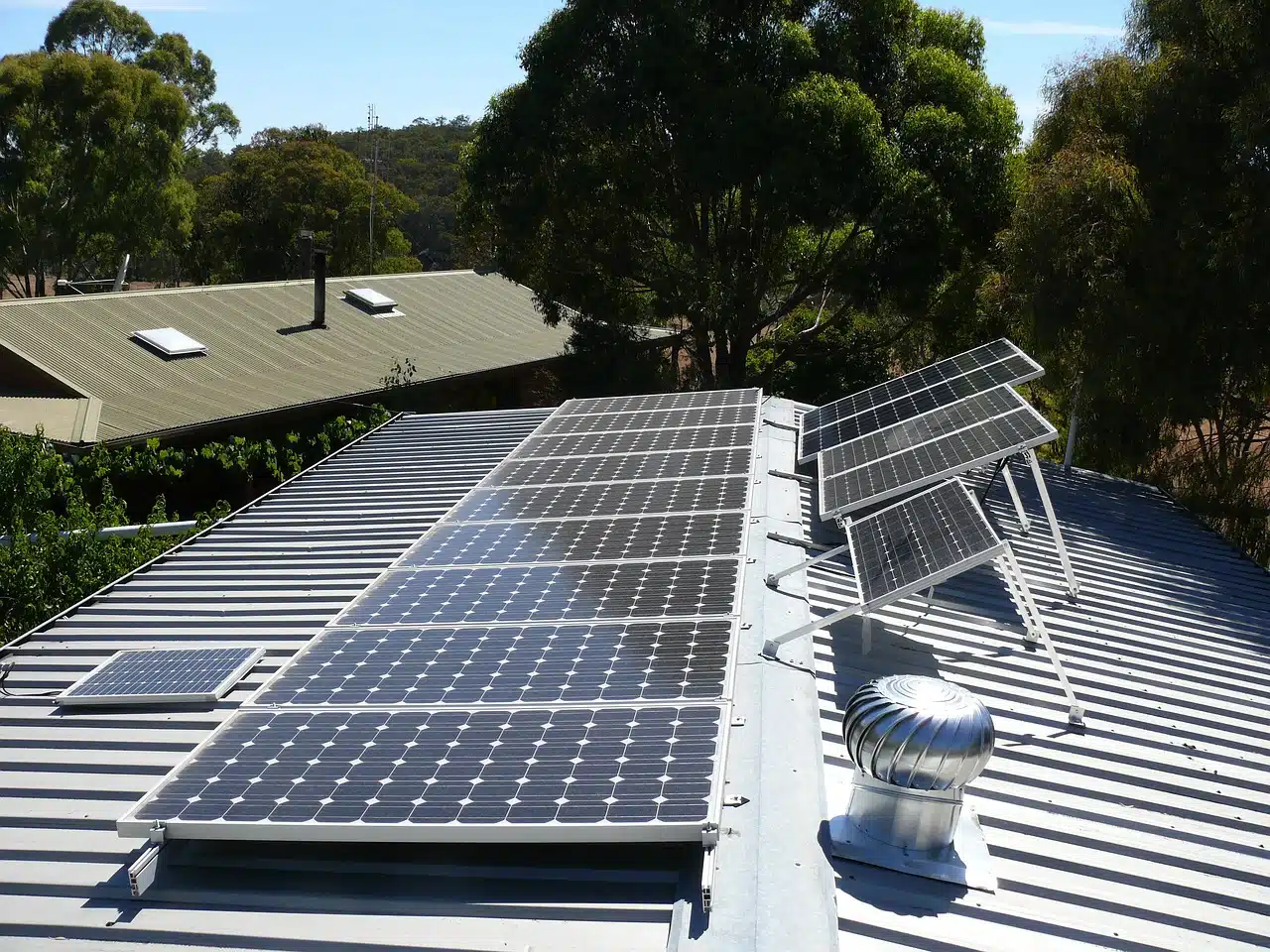
South African nation Namibia has unveiled a $1.76 billion plan to expand renewable energy and attract private investment into its power sector.
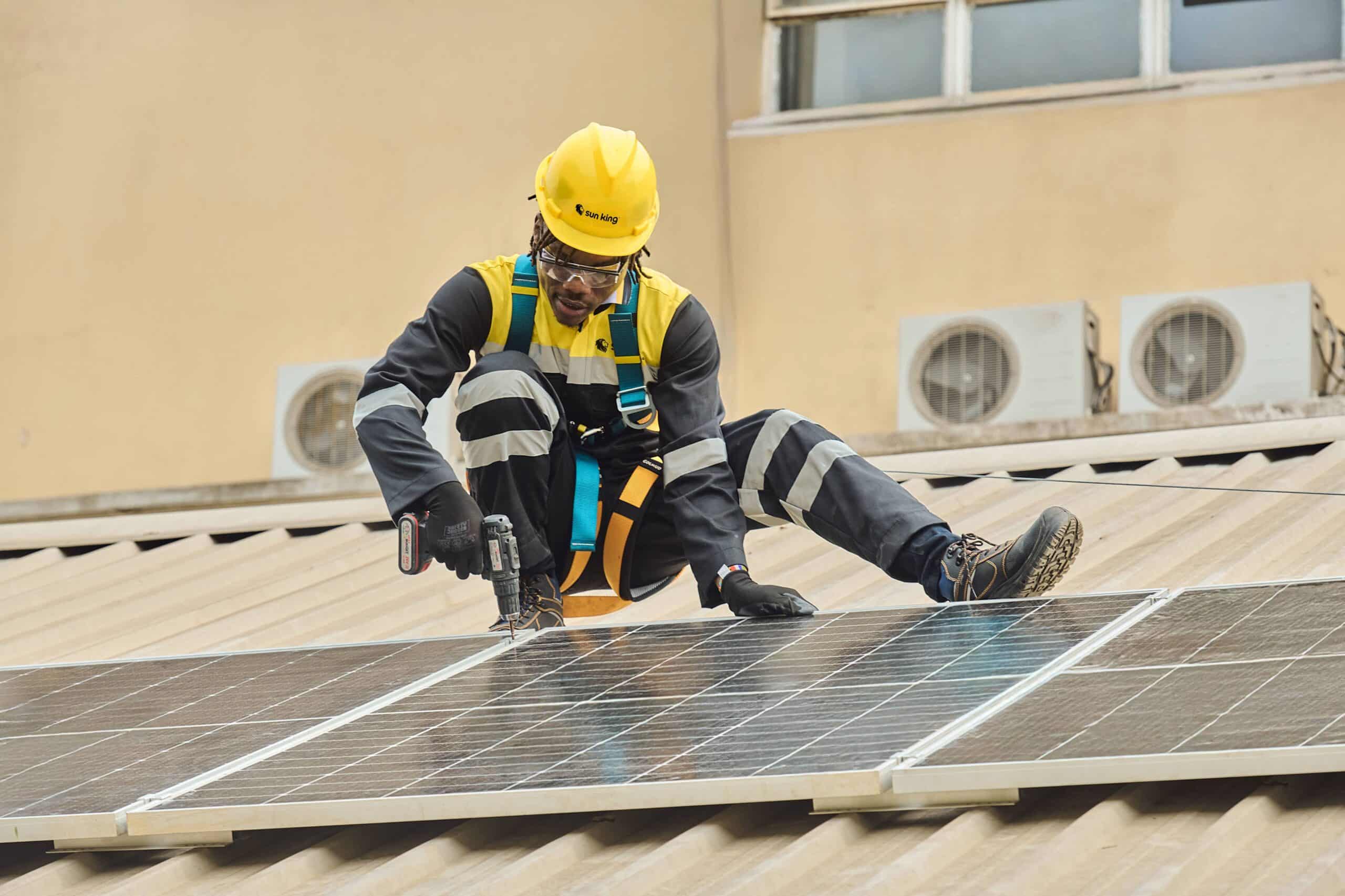
Sun King, an off-grid solar energy company, has raised $40 million in equity financing from Lightrock to expand decentralised solar systems across Africa and Asia.
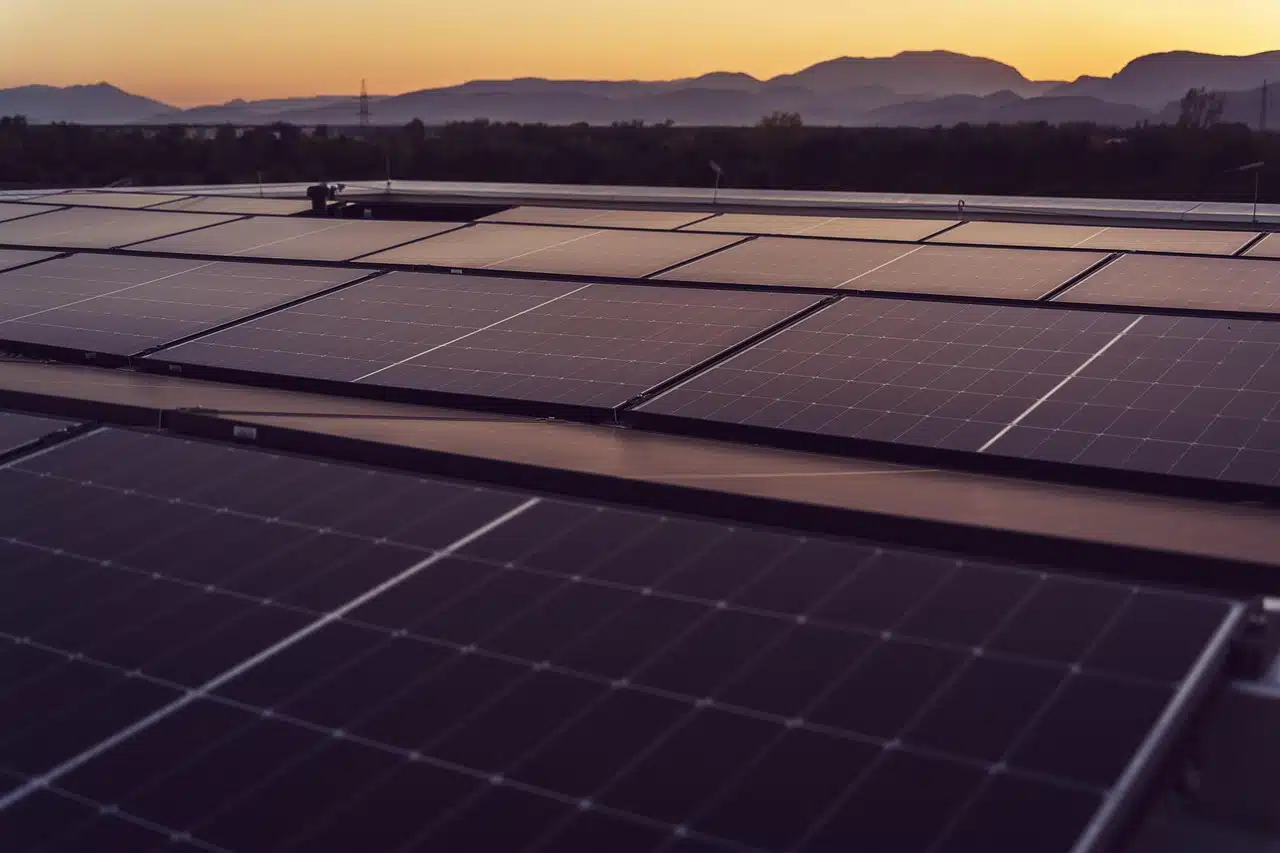
Zimbabwe plans to begin construction of its first floating solar power plant in 2026, as the country seeks to expand electricity generation and reduce exposure to climate-related disruptions affecting hydropower output.
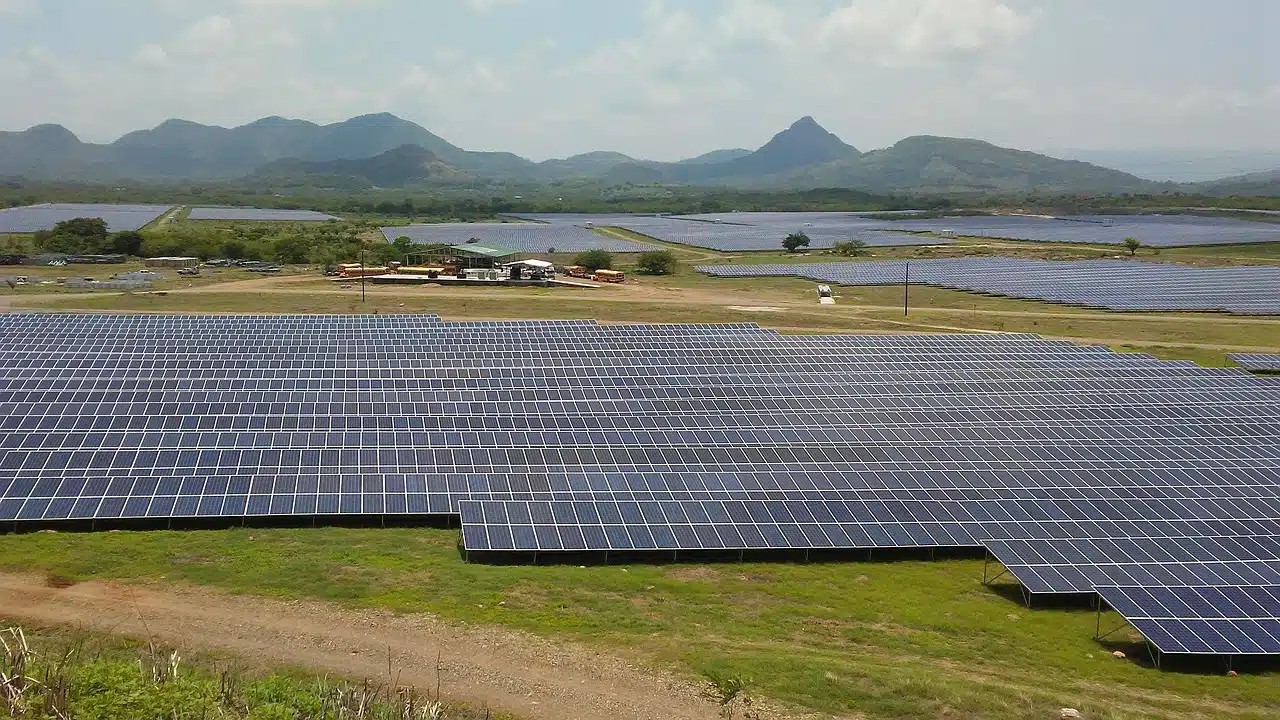
Africa experience a surge in renewable adoption, especially with solar energy, in 2025. In this article, we highlight some of the top solar energy projects completed across the continent within the year.

Africa’s clean energy drive rose significantly in 2025. But next year signals a new wave of investment in renewable energy projects across the continent. Here are some to watch out for in 2026.
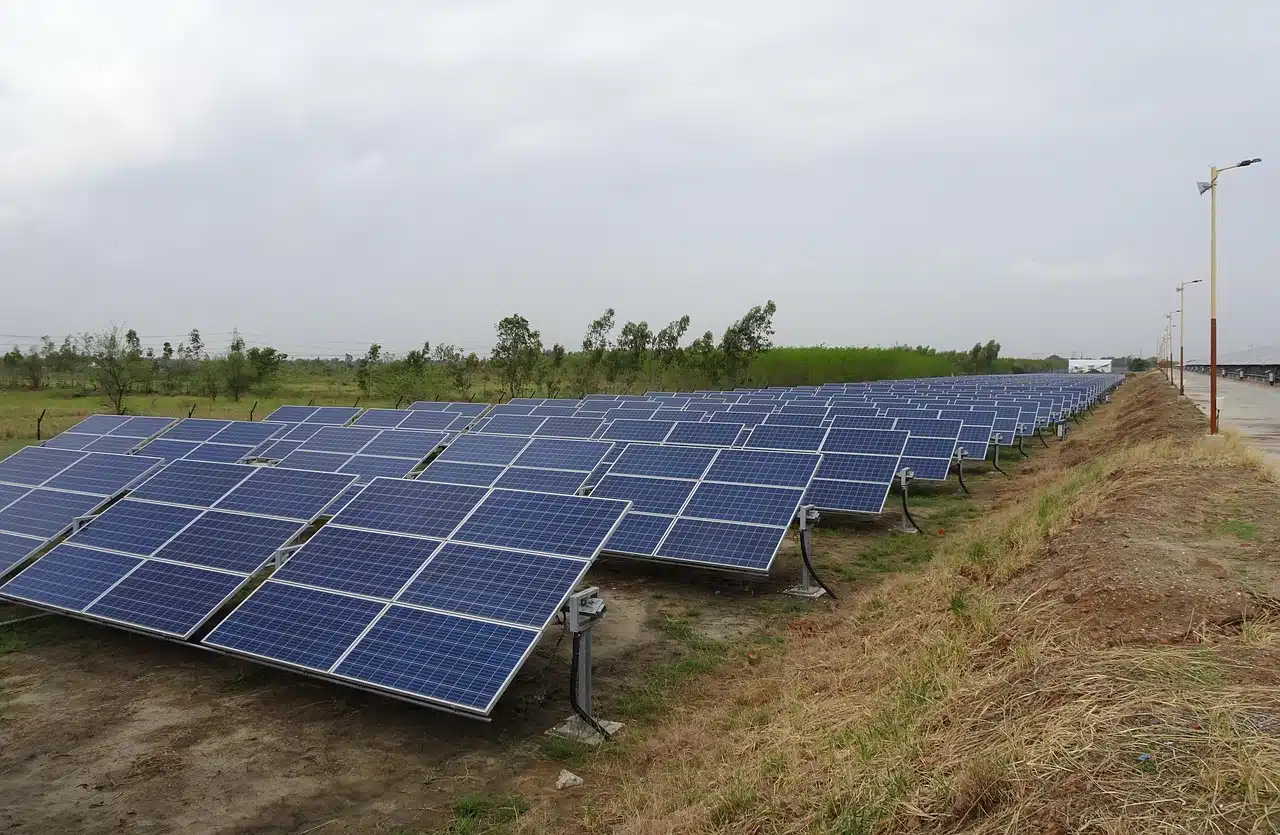
Northern Nigeria sits within one of the richest renewable energy belts in sub-Saharan Africa. Its vast arid landscape and abundant sunlight give the region a significant natural advantage. Yet in Nigeria’s energy transition story, the North remains a stark contradiction.
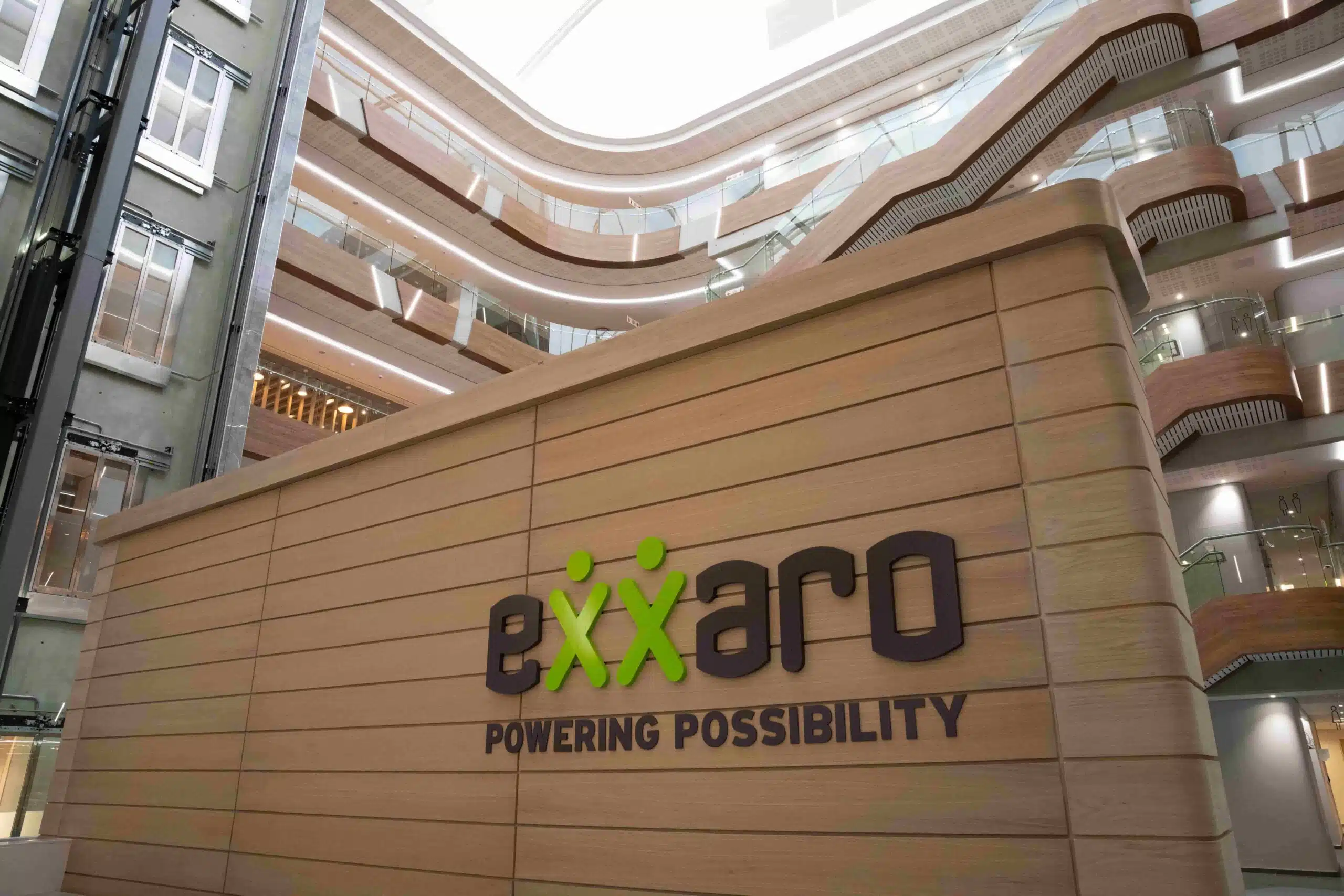
South Africa’s mining giant, Exxaro Resources, has signed binding agreements to acquire majority stakes in two fully operational renewable energy plants from Acciona Energía in a transaction valued at between 1.7 billion rand and 1.8 billion rand ($106 million).

Angola inaugurated its first solar‑plus‑storage minigrid, representing the start of a wider programme to expand reliable electricity to rural and underserved communities.
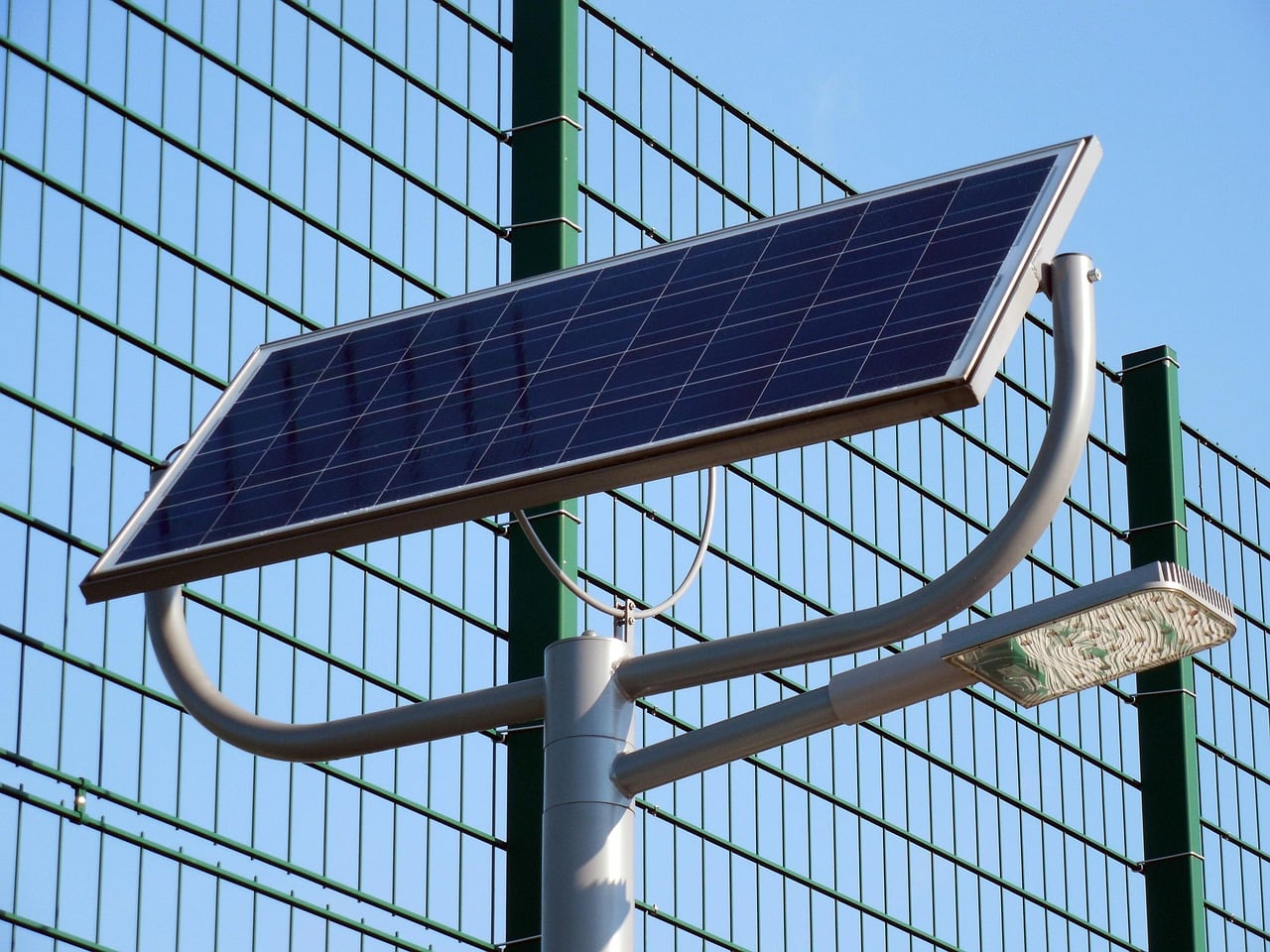
West African nation, Nigeria has, for the first time, imported more solar cells than finished solar panels, as local assembly of solar products continues to grow.

Cameroon’s President, Paul Biya, has secured a €55.4 million ($64.71 million) loan from Afreximbank to accelerate the country’s solar-based rural electrification programme.
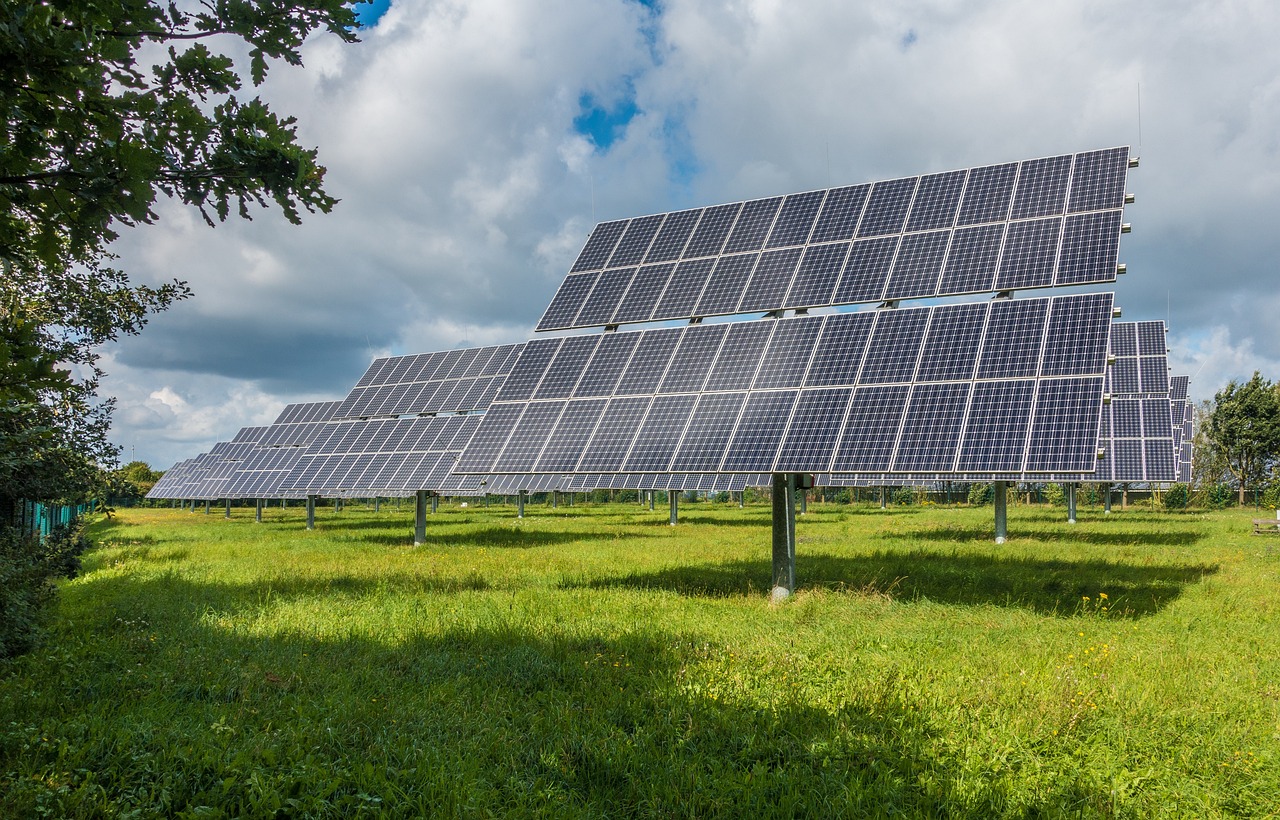
West African country Ghana has announced a US$3.4 billion renewable energy action and investment plan designed to accelerate its transition to clean power.
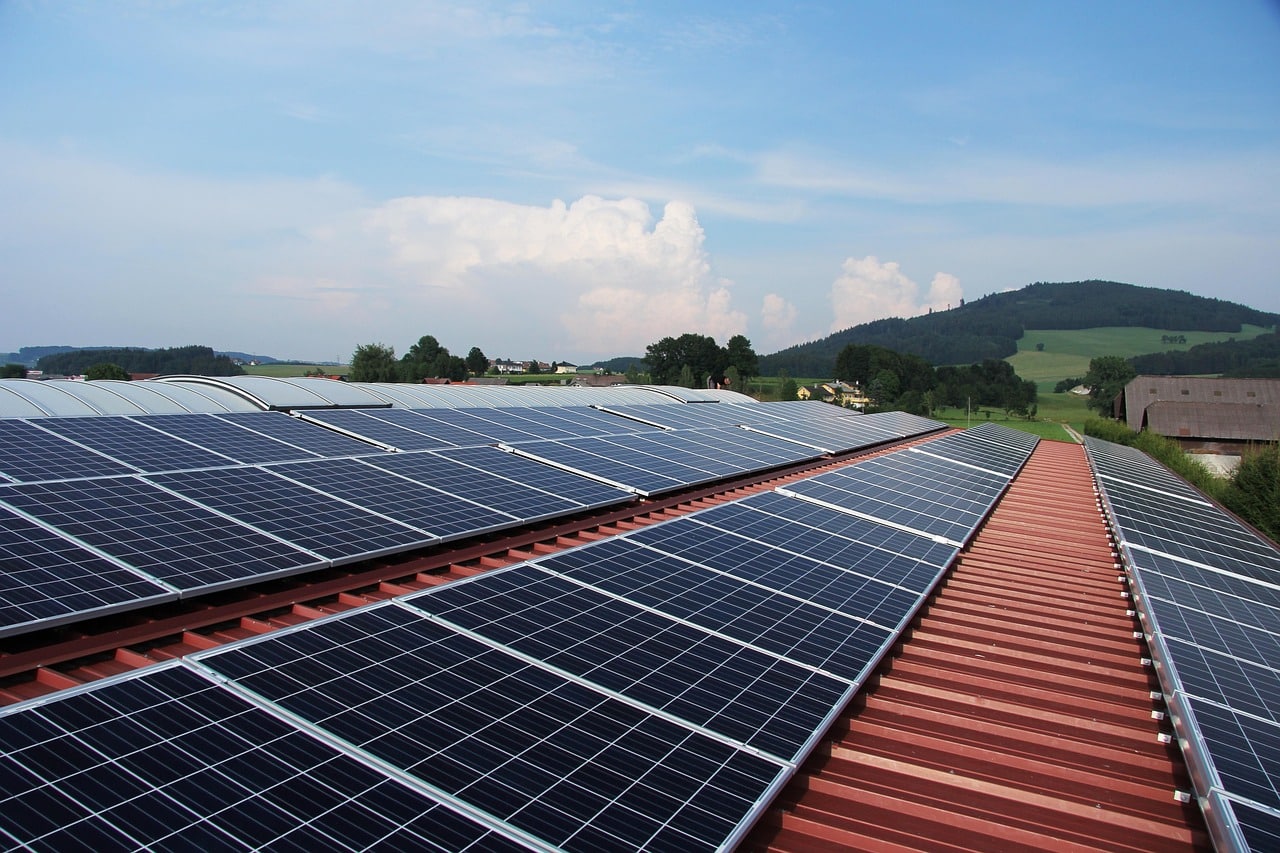
Mozambique will require more than $80 billion to implement its long-term energy transition strategy through 2050, as the government expands off-grid electrification efforts to reach millions still without reliable power.

Switzerland Candi Solar has secured $58.5 million in debt financing from the International Finance Corporation (IFC), that will support the expansion of its commercial and industrial solar operations in South Africa and India.
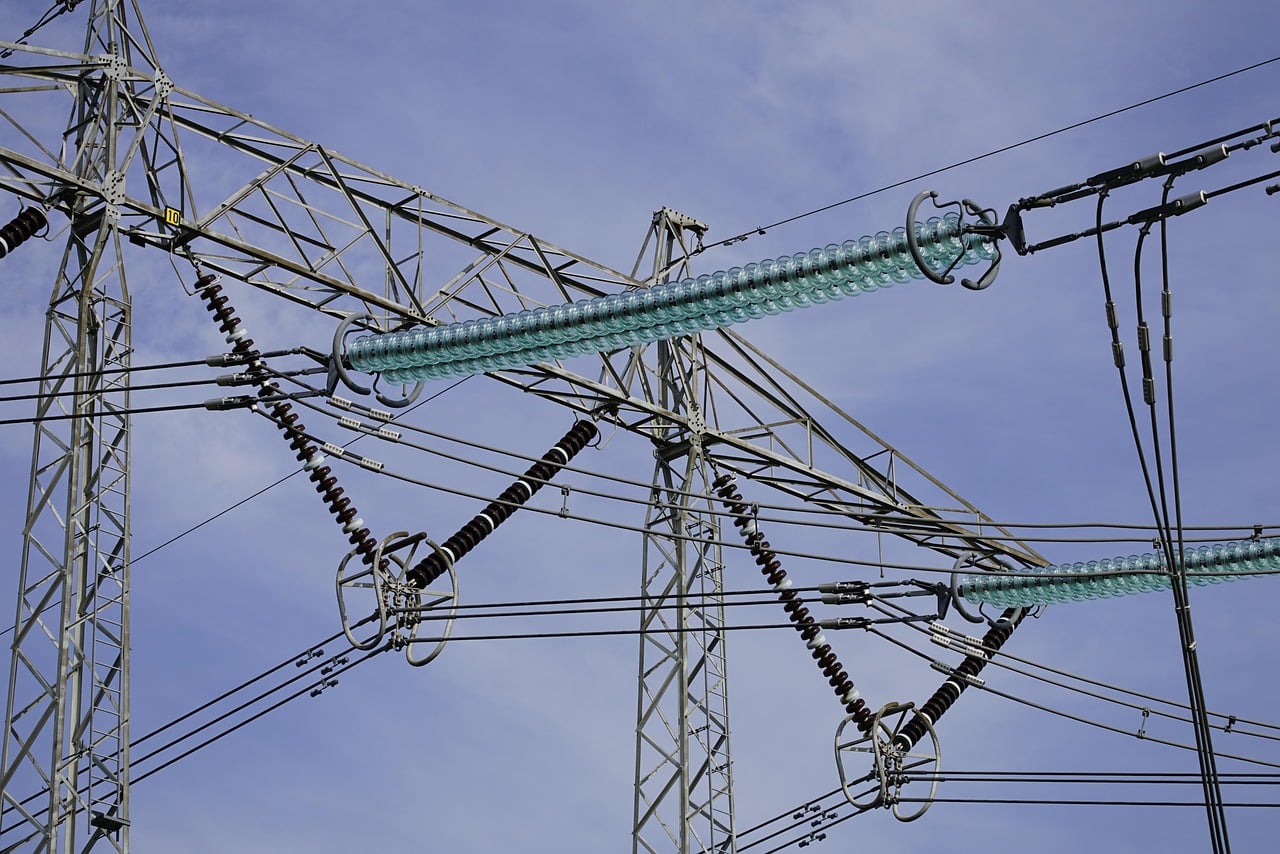
A decade ago, many low-income households depended on small “I better pass my neighbour” generators to keep the lights on. Today, the trend is rooftop solar. Still, the deeper electricity crisis remains unresolved.
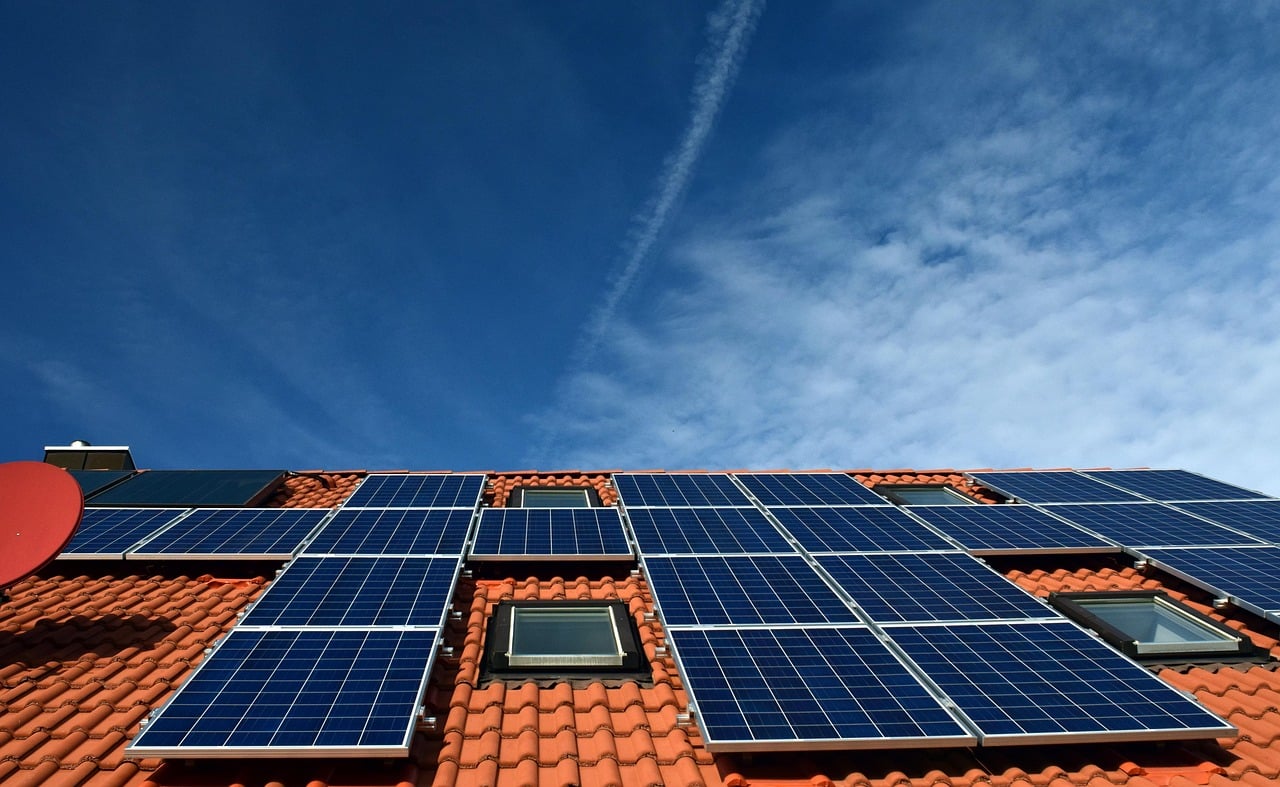
South Africa is expected to record a rise in rooftop solar uptake as 82% of households without systems plan to install solar within the next 12 months, according to findings from South Africa’s Largest Solar Survey.
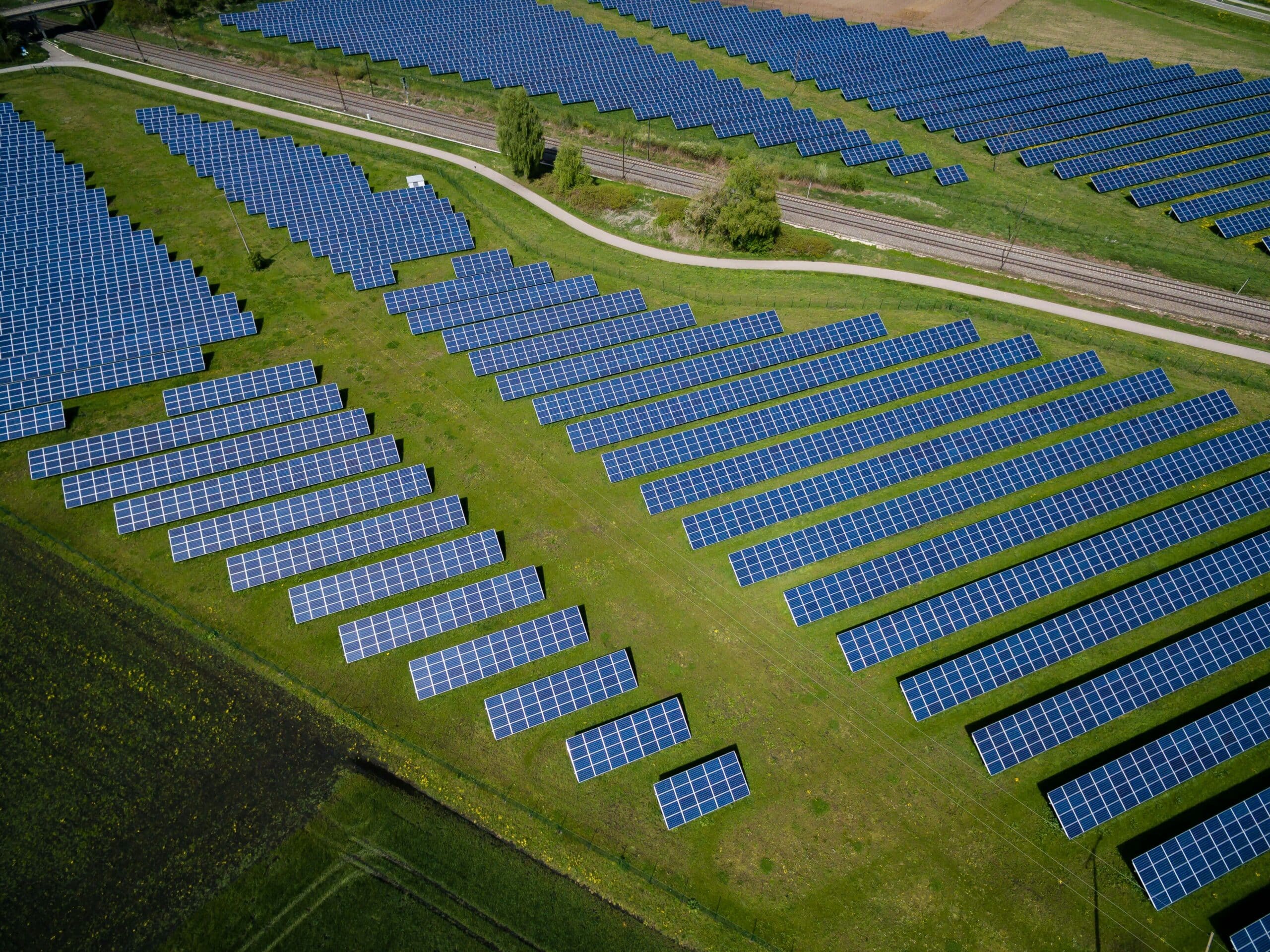
Nigeria’s solar energy adoption is a story of policy mismatch, fragmented markets and individualistic approach. None of these can address the lingering crisis of electricity deficit in Africa’s most populous nation.
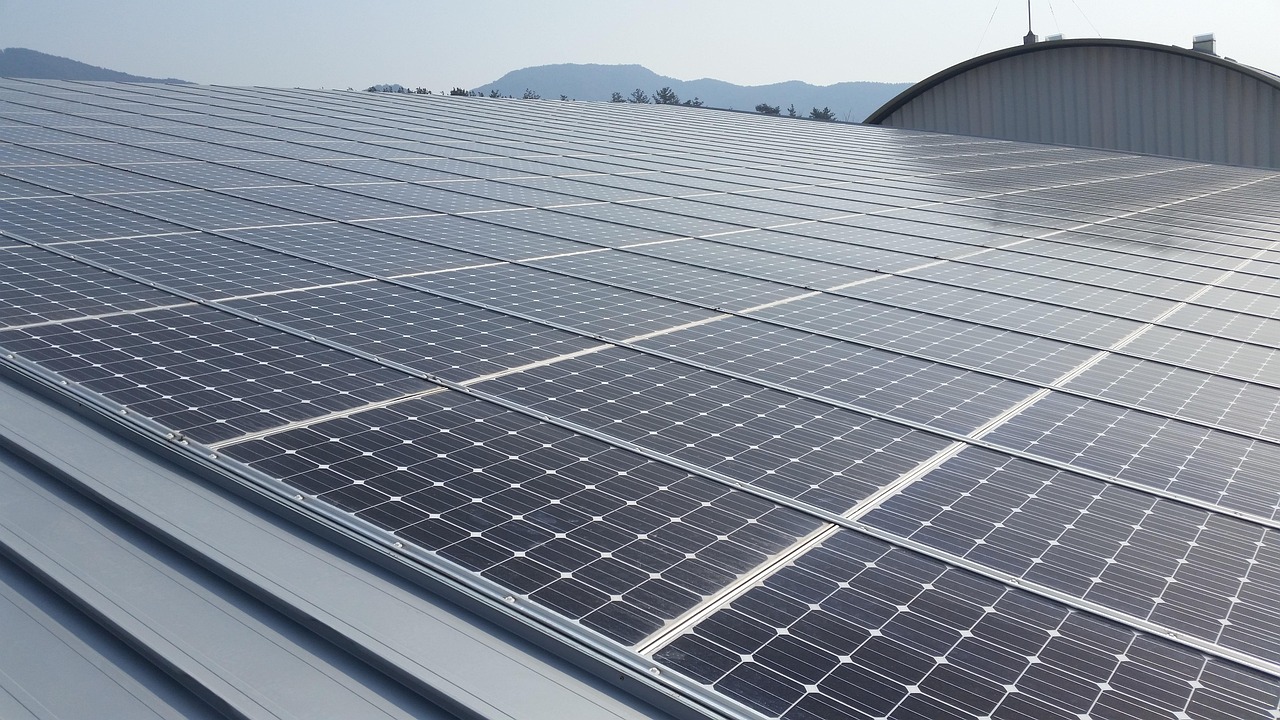
Like many African nations, Nigeria’s renewable energy sector still grapples with deep funding gaps. The friction between DFIs and local investors has never been more visible. This article examines that growing divide.

The International Renewable Energy Agency (IRENA) has warned that Africa’s slow shift to renewable energy threatens global climate goals and could derail efforts to meet the Paris Agreement targets.
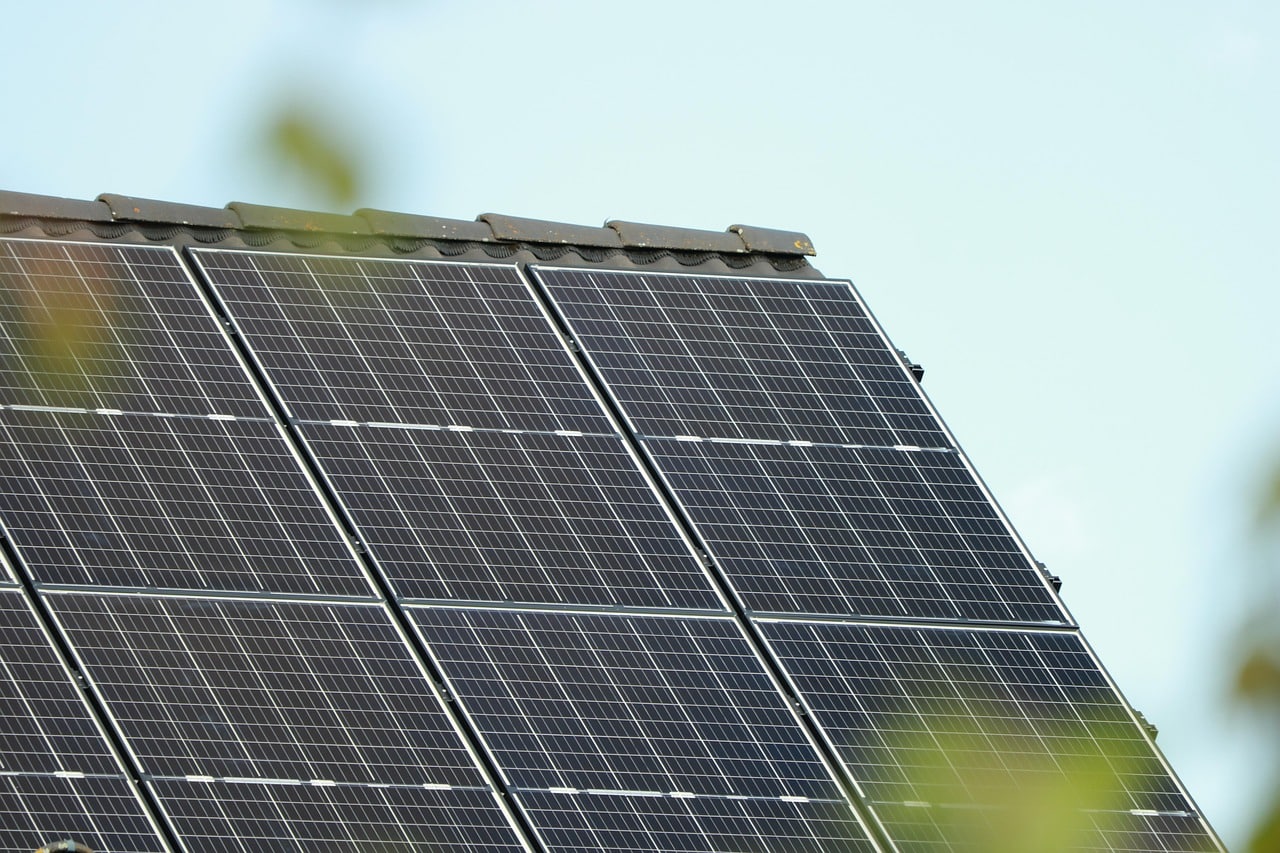
The rise of solar manufacturing in Nigeria — what the first solar panel export to Ghana really means
Nigeria has reached a new achievement in its clean energy journey as the country begins exporting locally manufactured solar panels to Ghana.

Off-grid solar company Sun King has announced plans to establish manufacturing operations in Kenya and Nigeria as part of efforts to expand renewable energy access and boost local production across Africa.
South African nation Namibia has unveiled a $1.76 billion plan to expand renewable energy and attract private investment into its power sector.
Sun King, an off-grid solar energy company, has raised $40 million in equity financing from Lightrock to expand decentralised solar systems across Africa and Asia.
Zimbabwe plans to begin construction of its first floating solar power plant in 2026, as the country seeks to expand electricity generation.
Exxaro Resources has signed binding agreements to acquire majority stakes in two fully operational renewable energy plants from Acciona Energía.
Angola inaugurated its first solar‑plus‑storage minigrid, representing the start of a wider programme to expand reliable electricity to rural and underserved communities.
West African nation, Nigeria has, for the first time, imported more solar cells than finished solar panels, as local assembly of solar products continues to grow.
Cameroon’s President, Paul Biya, has secured a €55.4 million ($64.71 million) loan from Afreximbank to accelerate the country’s solar-based rural electrification programme.
West African country Ghana has announced a US$3.4 billion renewable energy action and investment plan designed to accelerate its transition to clean power.
Mozambique will require more than $80 billion to implement energy transition strategy through 2050, as the government expands off-grid electrification efforts.
Candi Solar has secured $58.5 million in debt financing from the International Finance Corporation (IFC) to support industrial solar operations in South Africa and India.
Off-grid solar company Sun King has announced plans to establish manufacturing operations in Kenya and Nigeria as part of efforts to expand renewable energy access and boost local production across Africa.
Track Africa’s energy trends as they emerge
Get exclusive insights across renewables, oil & gas, and infrastructure to stay informed and make smarter decisions.
